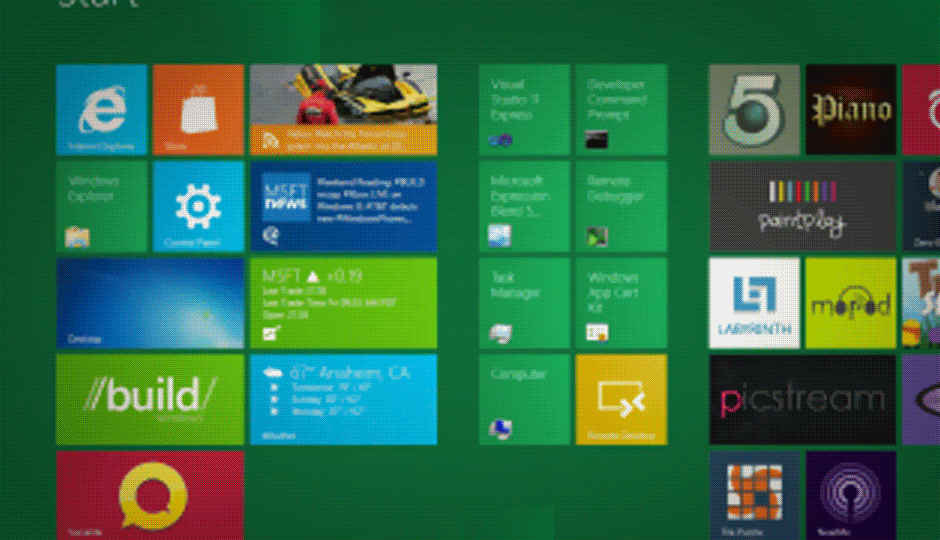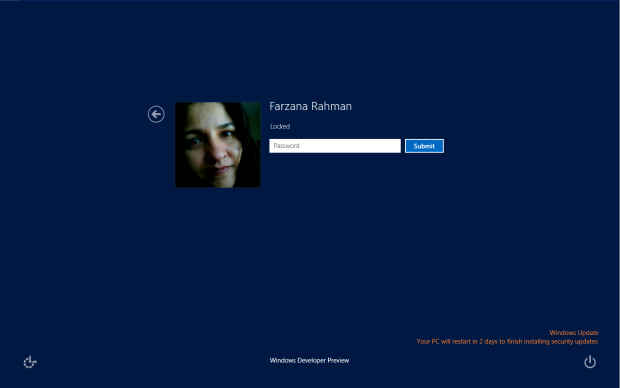Windows Update being revamped; Will be a lot less annoying in Windows 8

Updating the operating system is rather important, but it is also rather annoying in many cases. While the procedure for updating Windows has been getting better with each release, Windows 8 is a significant step in making updates a natural part of the OS rather than being something you have to manage.
 Survey
SurveyMicrosoft has been looking at data from Windows update, and taking user feedback in to account to consider what path they should take for the future of this technology. They have posted an article on their blog that showcases these finding and illustrates the path ahead. What they find is the following:
- A overwhelming majority (89.30%) of users trust Windows Update enough to let it automatically manage installing updates
- In a majority of cases (39%) the update install procedure is triggered when someone tries to shut down their computer
- For a slightly lesser percentage of people (30%) updates are installed according to the schedule defined by automatic update
- Nearly as many people (31%) interactively install updates. Of this, 20% are those who chose automatic install of updates, but intervene in the process anyway.
Microsoft’s blog post glosses over the annoyance of updates installing on shutdown, but this can often be an important concern. Often when you shut down the computer, you want it done fast, not whenever Windows is done updating. Same for starting your computer after installing updated. In these situations Windows effectively hijacks your computer, taking away your control. Of course this can easily be avoided, but the controls should be simpler and more easily discoverable.
Microsoft ‘s blog post does paint a good future ahead for Windows Update though. They intend to make a number of changes to how Windows Updates are installed and when Windows asks you to reboot, making the whole process a lot less disruptive.
First of all, now Windows will only ask for a restart once a month if required. Microsoft releases security updates on the second Tuesday of each month, and those updates should be installed as soon as possible. So even if Windows installs an update that needs a restart, it will not ask for a restart until it has applied all the security updates for that month. End result, one restart a month for updates, unless there is a very important security update that is issued out of turn to combat an active malware.
Secondly, instead of a nagging popup asking you to reboot or postpone, Windows will now inform you that it needs to reboot in order to finish the update process via a message on the login screen. It will give you three days warning, after which it will just reboot automatically. Of course before rebooting automatically it will give 15 minutes of warning.
Thirdly, it will only do the above if you are actively using the computer and are thus able to save your data. Otherwise it will delay the process. It will also avoid interrupting you in the middle of a movie or game. If you don’t have automatic update turned off, it will tell you updates are available to download / install on the login screen.
What is perhaps best is that Microsoft is working to add third-party updates support to Windows Update!
Currently on Windows each application has its own updater and update mechanism. The end result is that you either have tons of processes running in the background checking for updates for every installed software individually. Alternatively you have to check each software for updates manually using its own procedure.
Linux users have it much better in this regard, as the updater application handles updates for all software installed from the repositories. Linux distributions usually have a centralized system of repositories and packages; software can be searched for, installed, uninstalled and updated from one central place.
With support for third-party updates in Windows updater – it could already handle Microsoft software such as Microsoft Office and Visual Studio – Window too could have a similar centralized update system. Of course using Windows Update isn’t compulsory for applications, and Microsoft intends to have a review process in place for applications that does opt in.
Of course Windows 8 will also feature the Window Store, which will also feature an update service. However, considering that Windows Store will only be fore Metro-style apps, the third-party updates process does sound interesting. Hopefully it will not lead to updates delayed too much due to Microsoft’s review process.
It does seem like Microsoft is making great improvements to even more obscure aspects of Windows – just recently they showcased how the new the task manager works better with computers having over 64 processors! This leaves us all the more excited to look at what Windows 8 will bring next; remember that till now all we have seen is a pre-beta build of the OS.
